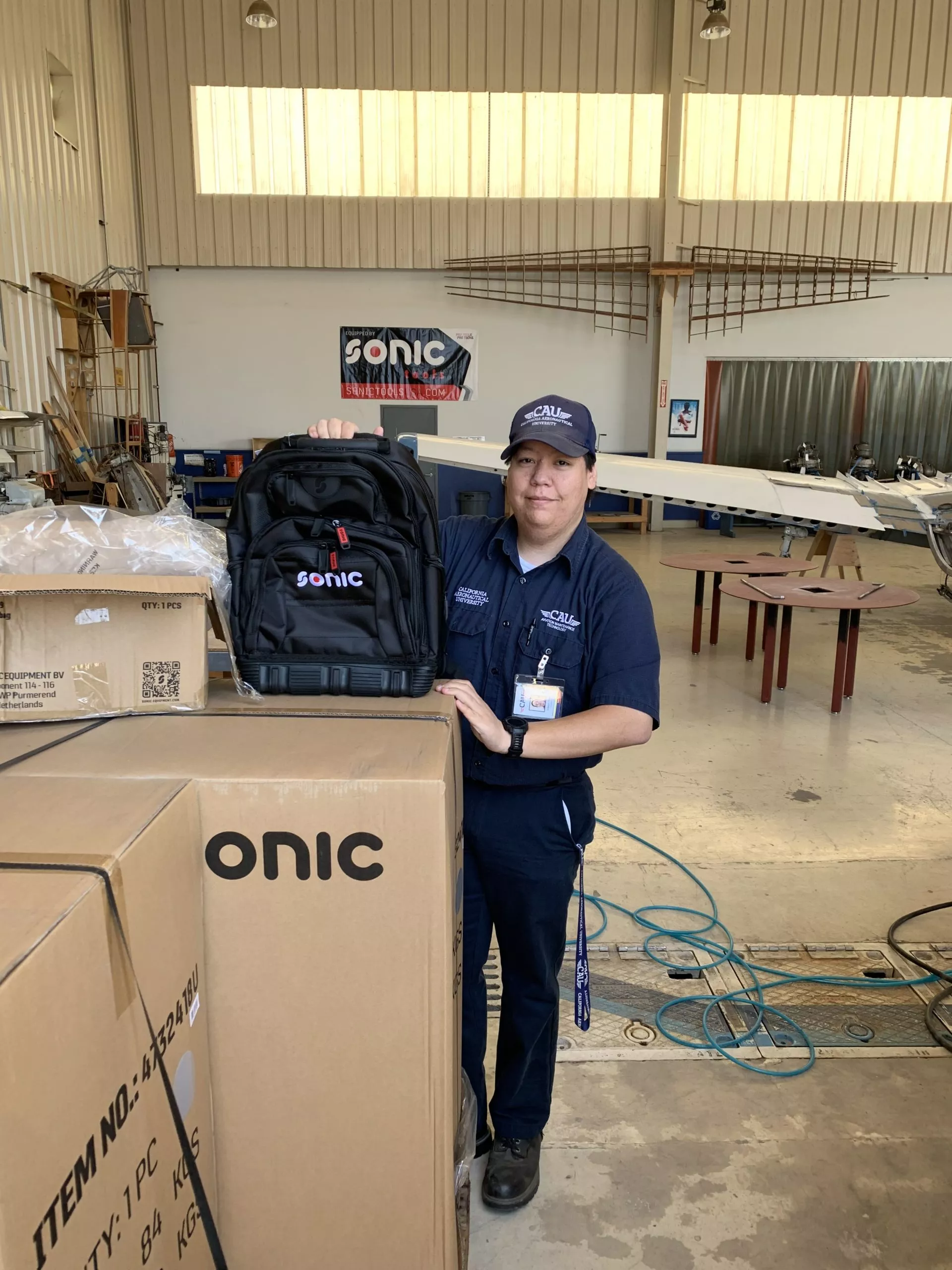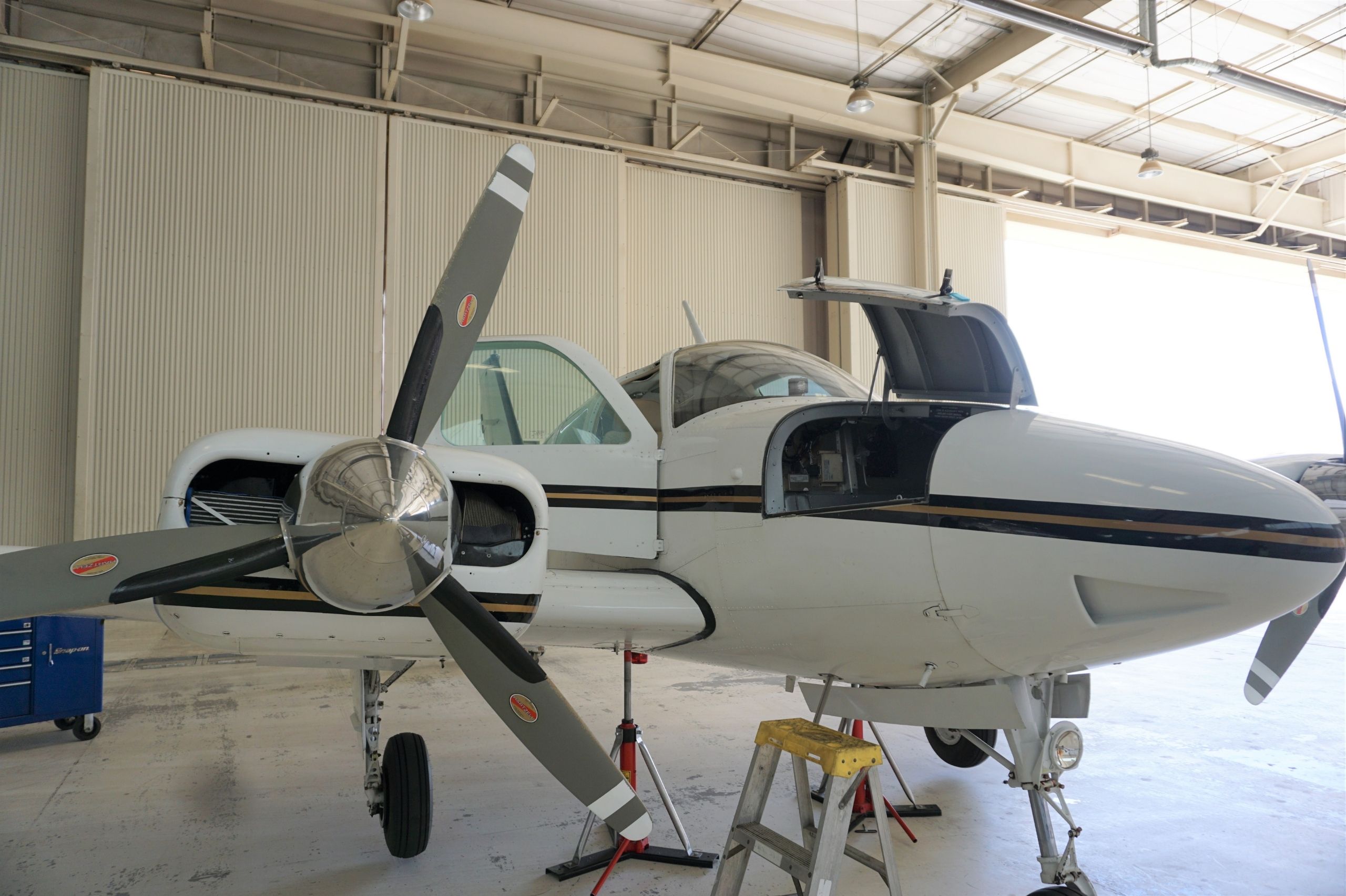After graduating from an aviation maintenance technology school, there are many aviation maintenance jobs available, here are three types of jobs to consider.
Aviation mechanics are essential to the safety and smooth operation of the aviation industry. These men and women tend to airplanes not only when they are damaged or require replacement parts, but also when they are in need of preventative maintenance to keep them flying. Since the Federal Aviation Administration (FAA) requires regular inspections and testing for the major components of each aircraft, especially those which carry passengers, the entire supply chain and travel industry would grind to a halt without aviation mechanics to carry out these important tasks.
Aviation mechanics are typically employed by:
- The military
- Charter companies
- Regional or major airlines
- Aircraft manufacturers
- Flying clubs
- Fractional ownership organizations
- Flight schools
- On-airport fixed base operators dedicated to general aviation or private transport
In order to become an Aviation Maintenance Technician (AMT), the FAA requires the completion of an Aviation Mechanic certificate. It consists of two ratings: Airframe and Powerplant. The vast majority of aviation maintenance professionals obtain both, so that they can work on the entire aircraft. Together, these qualifications are usually referred to as “the A&P.” Certified aviation mechanics are generally called “A&Ps.” Many types of aviation maintenance jobs are available after earning these certificates. Even within the world of A&Ps, however, some of these professionals specialize.
Types of Aviation Maintenance Jobs and What Employers Are Seeking
Aviation mechanics generally work in airport hangars, although some are available to travel to a stranded airplane. Others stay with a flight school, and some, as in the case of high-performance flight teams such as the Blue Angels, follow the airplane wherever it goes.
Most of an aviation mechanic’s time is dedicated to troubleshooting an aircraft’s problem, or fixing a part which is broken. They also carry out FAA inspections or perform basic maintenance actions to keep the airplane flying safely. This includes changing the tires on its landing gear or ensuring oil lines are clear. Others concentrate on an airplane’s turbine or reciprocating engines. Some focus on the instruments pilots use to fly the aircraft and spend a great deal of time learning about and working with information technology.
Specializations of A&Ps include:
- Aircraft ignition systems
- Welding the airframe
- Tending to the hydraulics and pneumatics which feed the information systems

The Job of Aviation Mechanics
Especially experienced and qualified aviation mechanics often work on all of these issues. Sometimes they must attend to manufacturer or FAA-required actions on the airplane, which are known as “service bulletins.”
The job of an aviation mechanic is vital to the health of the industry and the safety of passengers and crew. A&Ps are typically high-energy individuals able to lift heavy loads, work with expensive and sensitive equipment, and possess the ability to give hands on attention to parts of the aircraft which might be difficult to reach. They require high dexterity and exceptional fine motor control in order to locate and manipulate access panels, remove and replace small screws and wires, and assemble tiny parts into larger components. Some must pass security screenings.
Aviation maintenance jobs require patience, a team-oriented attitude, and exceptional attention to detail. Often, an error of hundredths of an inch can mean the failure of a part or a missed inspection. They must also organize well, show strong observational skills, and have the ability to diagnose and correct complex and systemic mechanical issues.
Since FAA or managerial audits take place frequently, or sometimes without warning, it is essential for all A&Ps to understand how to keep and maintain records which are current as well as accurate. They must have close familiarity with FAA regulations and Occupational Safety and Health Administration (OSHA) guidelines.
1. Airframe
Airframe mechanics can trace their heritage all the way back to the Wright Brothers, who set about repairing their own delicate biplane when its spars snapped. Today, air frame mechanics perform inspections to ensure the integrity of aircraft frames.
They also specialize in the mechanical parts of the aircraft—its flight control surfaces, its engine components, and its electrical systems. Airframe mechanics often examine these areas in order to pinpoint wear due to age or overuse. They also look for defects caused by damage, hard landings, extreme temperature, or chemical corrosion.
Diagnosis is only part of the job. Airframe mechanics must also know how to remedy the issue, and how to safely and efficiently repair any weaknesses. Since airframe mechanics are often responsible for wide swaths of the airplane, they must have sufficient organizational abilities to either keep aircraft parts on hand or know where to locate them. Some repairs are performed with specialized tools; others require only basic power or hand tools. The situation depends on the aircraft and its required maintenance.
2. Powerplant
How is a powerplant mechanic different from an airframe mechanic? In general, they focus more on the engines of an aircraft. They work with pumping equipment, fuel flow, turbines, and fittings. Powerplant specialists also install and overhaul engines, work with propeller assemblies, and have a deep knowledge of fuels and the chemicals which form them.
They must understand physics, metering, and aircraft blueprints. A solid grasp of materials, metals, and compositions is also necessary. Powerplant mechanics need to understand electrical systems and have an excellent realization of how battery processes work.
Powerplant mechanics often stand for long periods and work in confined spaces. Often their work requires them to perform extended actions on surfaces which require reaching above the head.
3. Avionics
The increasing automation of aircraft, combined with an almost total cockpit takeover of screens instead of dials, means that some aircraft mechanics now specialize in computer technology. All airplane mechanics must have some sort of information technology knowledge in order to correctly perform their duties.
Aviation maintenance jobs specializing in avionics require knowledge of how airplanes operate, and the ways in which they are integrated with the computer systems which feed them information and commands. Often this means interfacing with many kinds of systems at once, and understanding the difference between false indicators, faulty avionics, or a problem with the mechanical components of the aircraft.
Ready to soar in your aviation career?
Mr. Matthew A. Johnston has over 23 years of experience serving various roles in education and is currently serving as the President of California Aeronautical University. He maintains memberships and is a supporting participant with several aviation promoting and advocacy associations including University Aviation Association (UAA), Regional Airline Association (RAA), AOPA, NBAA, and EAA with the Young Eagles program. He is proud of his collaboration with airlines, aviation businesses and individual aviation professionals who are working with him to develop California Aeronautical University as a leader in educating aviation professionals.
